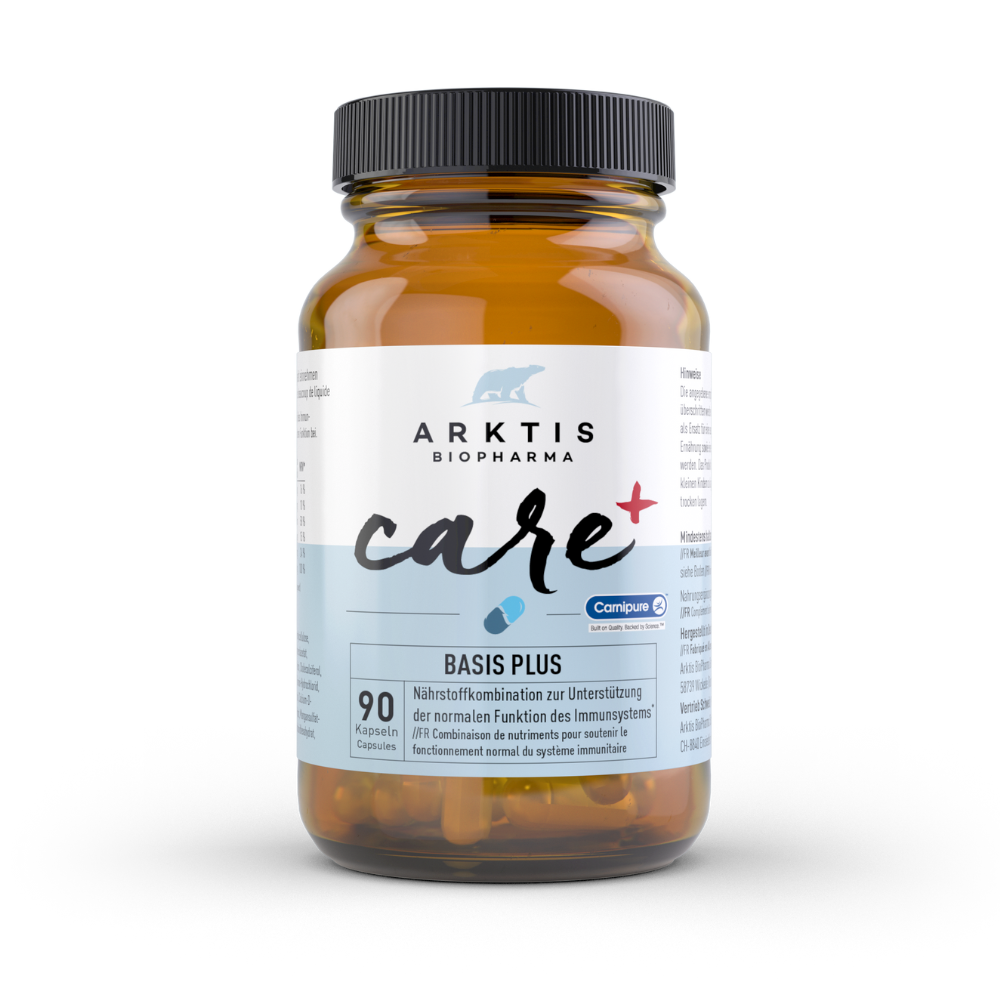In our blog article Changing children's diets, we describe one mother's experience of how her 3½-year-old daughter turned from a defiant child into a cooperative angel in just three days thanks to a simple change in diet.
A Facebook comment about this kept me so busy that I wanted to write a response. The question prompted by the comment is: Is AD(H)S a genetic disorder? I would like to answer that today.
The Facebook comment read:
Great article, which is encouraging. However, I don't like the statement that AD(H)S is linked to the gut. AD(H)S is a genetic disorder of self-regulation and self-control (disorder in the dopamine and noradrenaline system) and is congenital. Unfortunately, certain symptoms that occur in AD(H)S are often equated with other behavioral disorders. This is why children are often referred to as AD(H)Sers, even though they do not have AD(H)S at all.
Why AD(H)S is linked to the gut
My response to this comment was as follows:
Dear commenter,
I don't know what you are basing your statements on. Here's what I learned in biochemistry:
AD(H)S is not genetic, because there is no genetic defect. The best we can say is that there is a genetic predisposition or a so-called genetic polymorphism. "Polymorphism" means that under certain circumstances a receptor switches on or off or sends out too many transporters, such as the dopamine receptor (DAT1) in the synapse in the case of AD(H)S.
Dopamine is one of the catecholamines that we form from food components such as the precursor of dopamine, tyrosine. In the case of seretonin, the precursor is tryptophan. It is absorbed in the intestine through the breakdown of our food. Noradrenaline is produced from dopamine by the enzyme dopamine hydroxylase, with vitamin C acting as a cofactor.
At the moment, however, it is still being clarified whether this DRD4.7 receptor is actually involved. The DRD4.7 receptor controls curiosity, impulsivity, aggressiveness and exploratory behavior. It has been around for about 40-50,000 years and has been very important for exploration and survival. The further humans have migrated, the more (4.3% points per 1000 km) these receptors appear.
Receptors are activated by diet
What we can already say, however, is that these receptors are activated by an increased intake of sugar, AGEs or glutamate, for example. Molecular and evolutionary biologists assume that 50% of AD(H)S sufferers react to wheat. And that artificial colorants and sodium benzoate as a preservative lead to increased hyperactivity depending on the dose.
So we can certainly influence our ability to pay attention and our brain performance through our diet.
Lack of exercise and excess energy

And there are certainly also environmental influences, such as the fact that today's young people are hardly allowed to move or exercise any more.
This means that excess energy, which boys in particular simply have, is not used up. more degraded. But that's another topic.
Important factors in AD(H)S: fatty acid status & gut health
There are two more clues that can be found in AD(H)S: The so-called kynurenine and an imbalance in the fatty acid pattern.
Last but not least, we come to the most important one and the one that was wrongly assumed in the reader comment: The connection to the gut. So if the receptors are "hyperactive", it is because too many substances are triggering stimuli that are absorbed through the gut via the diet.
If kynurenine is involved, it is only because there is inflammation or histamine intolerance in the gut and the tryptophan cannot be converted into serotonin as desired, but into kynurenine. This easily crosses the brain barrier and causes inflammatory signals.
An imbalance in the fatty acid status results in an increased inflammatory potential in the brain. Bear in mind that 50% of the dry mass of our brain consists of fat and it is therefore extremely important what the balance of fatty acids looks like!
Normally we should have a fatty acid ratio of max. 1:5 (1 EPA / 5 AA), in reality the values in these people are more like 1:25 and more. Arachidonic acid triggers inflammatory reactions, which can also cause receptors to make mistakes.
And: the fatty acids are also absorbed in the intestine.
And what is also important to know: when a child is born, 3 strands develop from the cell:
- The blood vessels
- The nerves
- The intestine
From which of these 3 strands does the brain develop? That's right: from the intestine. That's why the gut-brain axis is so popular again, and even conventional medicine has fortunately rediscovered it.
My conclusion on AD(H)S
From a scientific point of view and also from experience, it is possible to positively influence AD(H)S through nutrition and it works just as quickly or faster than with medication. However, it has to be implemented correctly and many people struggle with this, so it is easier to resort to medication.
I have already worked with numerous children and their parents, but also with adolescents and adults affected by AD(H)S and it has also been shown in practice that after measuring some relevant markers and correcting them with micronutrients and nutrition, major changes in well-being can be achieved. And that in a short space of time.
And now I'm interested: what is your opinion on this topic? Have you noticed a change in your child's behavior when they eat differently? Do you know your or your child's fatty acid status?
















